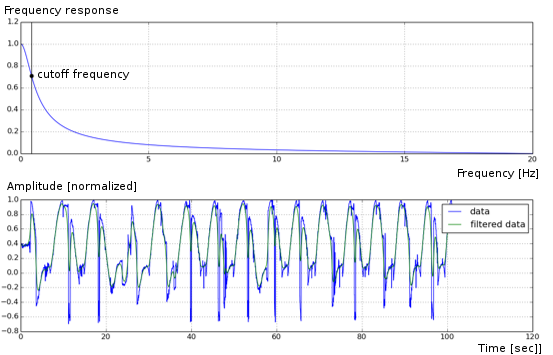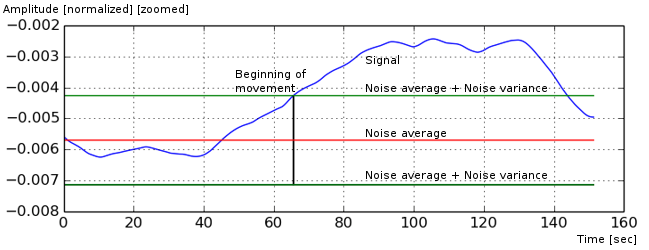This is an old revision of the document!
Poppy-Kine : S4 project 2015-2016
Introduction
This project is organised under the “Projet d'ingénieur” of Telecom BRETAGNE for the scholar year 2015-2016. Its main objective is to evaluate the performance of the patients in their reeducation exercises and to give the feedbacks by a humanoid robot based on a text-to-speech system. The robot will be used is Poppy (see Poppy project and Poppy robot wiki page), the movements are captured by the camera Kinect (v2).
For the recorded and reproduction parts, we have used the work of projet S5 (see poppy-kine-2015-s5).
We implemented the filtering in order to have the proper movements without noise of the patients. This will help us to build the GMM model to compare the movements of the patients with the reference ones of the kinesitherapist. After having the resultat of evaluation, we used the MaryTTS (see marytts) to give the oral feedbacks.
Our works
- First step: getting the data from the camera Kinect, see the clear instruction at poppy-kine-2015-s5
- Second step: filter the data, after the first step, we will have the movements' data in form of <name_of_the_exercise_x>.txt file (x starts from zero (first movement)). The Butterworth filter is used in order to obtain the proper movements without noise.
- Third step: detection of the beginning and the end of the movements. After that building the GMM model in MATLAB.
First step: getting the data
Second step: filter the data
We used a low pass filter to decrease the effects of the noise. In this case, we decided to choose the filter Butterworth because of its advantage which is its formula of the transfer function is the same for all the orders:

After considering the performance of the filter with several orders, we chose n=5 for our filter. The figure below shows the filtered data for the joint “Head” correspond to the skeleton of the camera Kinect.
Third step: detection of the beginning and the end of the movements
Detection of the beginning
To detect the beginning of the movement, we supposed that the noise always has the amplitude which is smaller than the movements' amplitudes. We have calculated an interval outside of which the signal can be considered as the movements.
This figure below presents the detection of the beginning for the movements of the joint “Hip-Left”.

